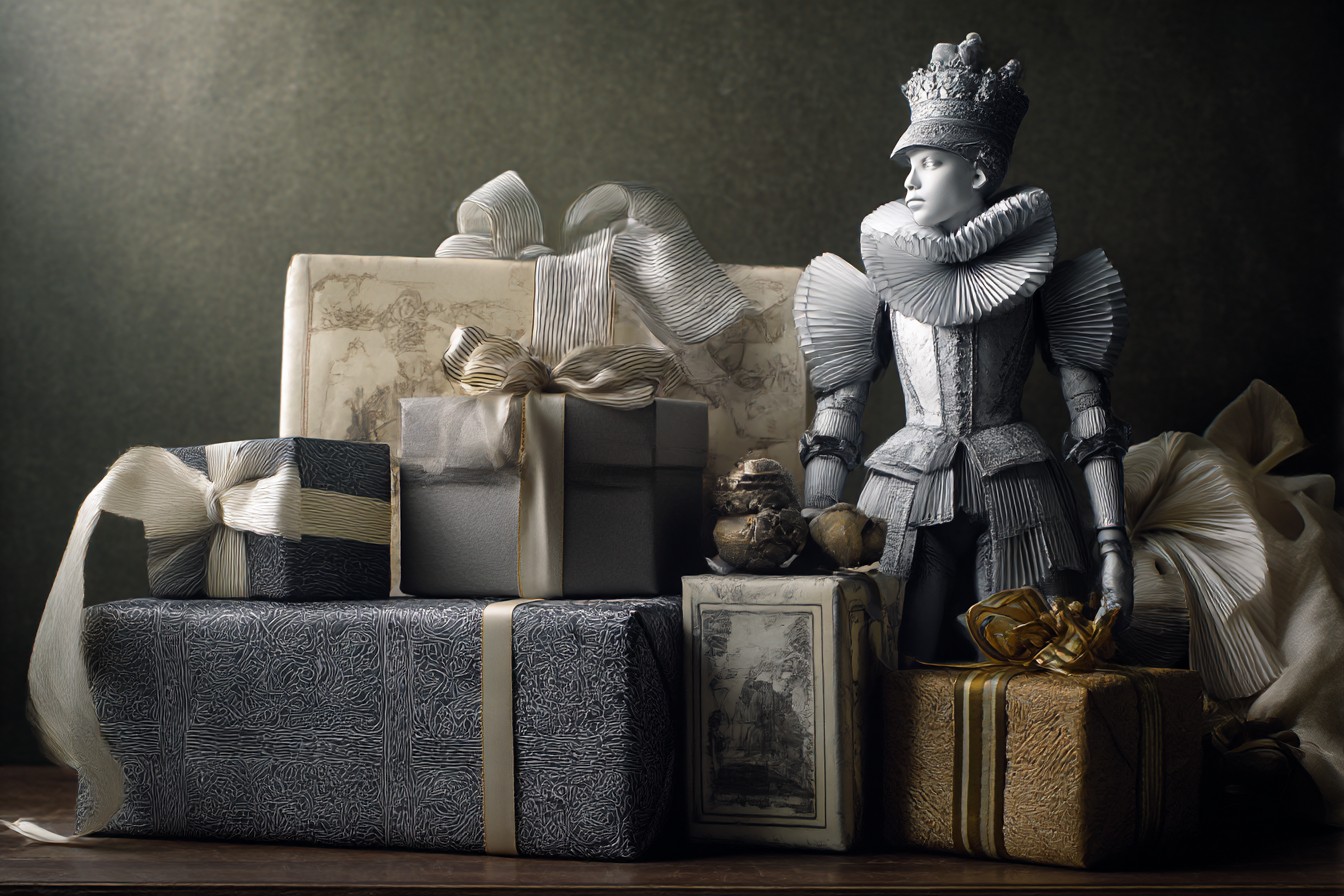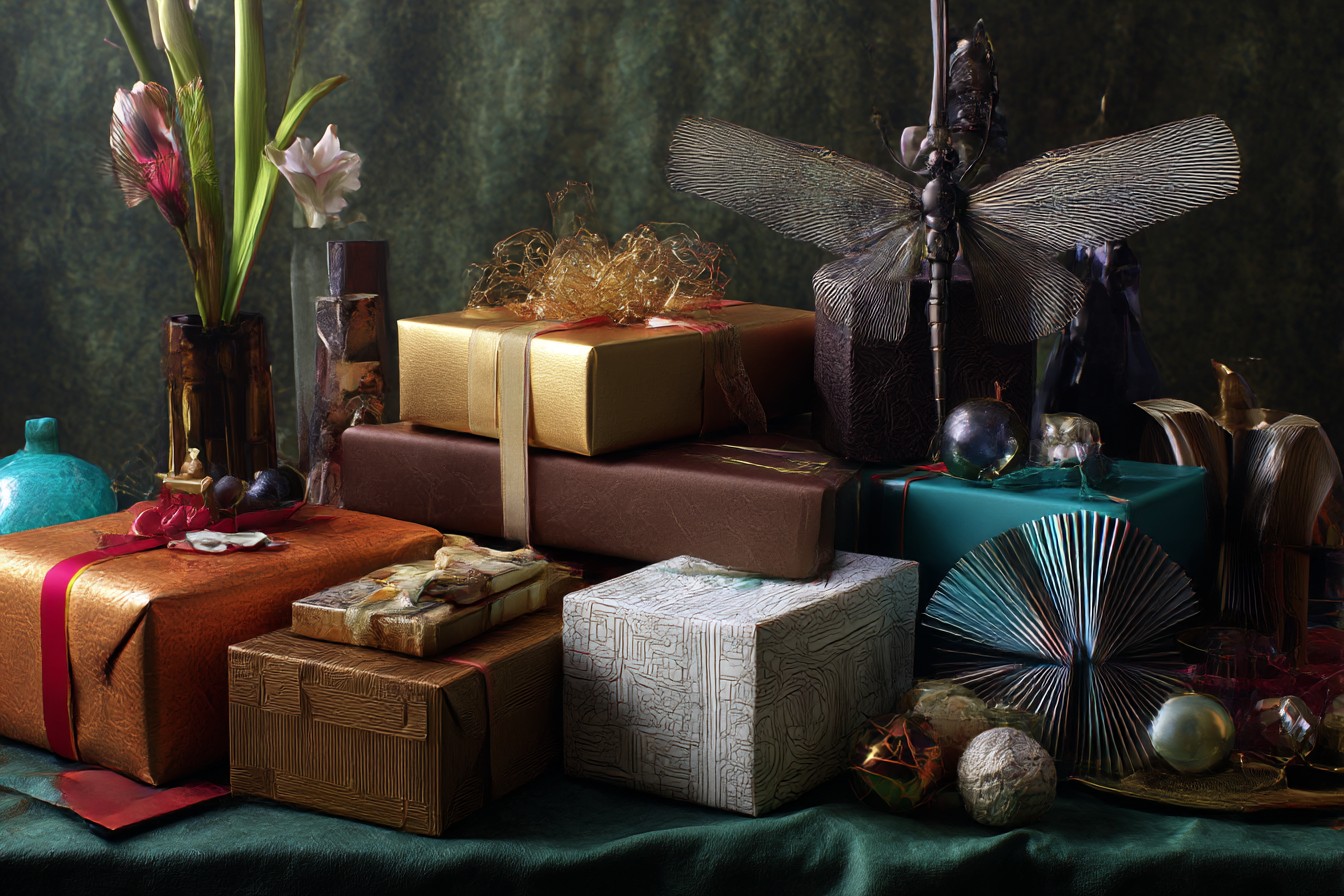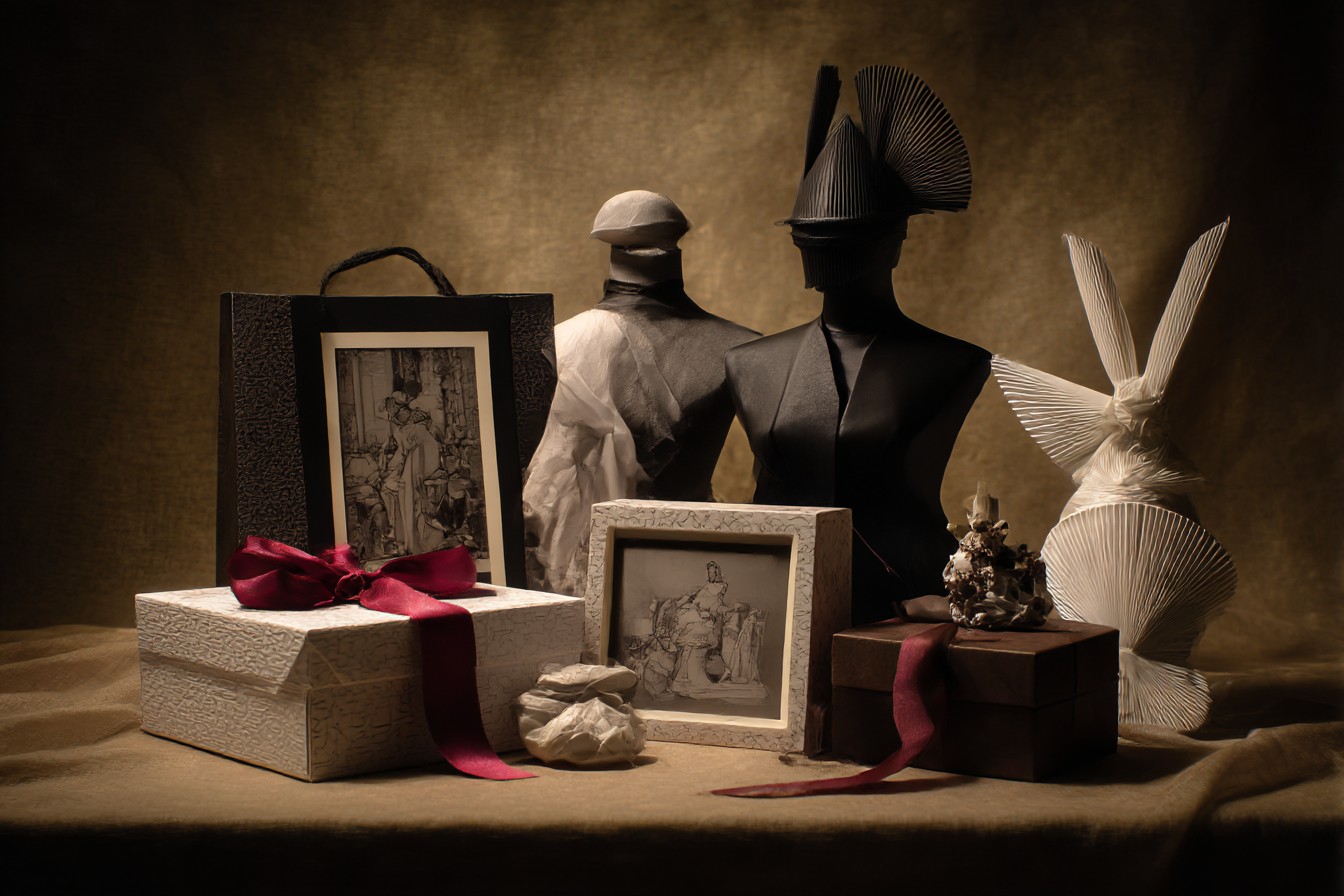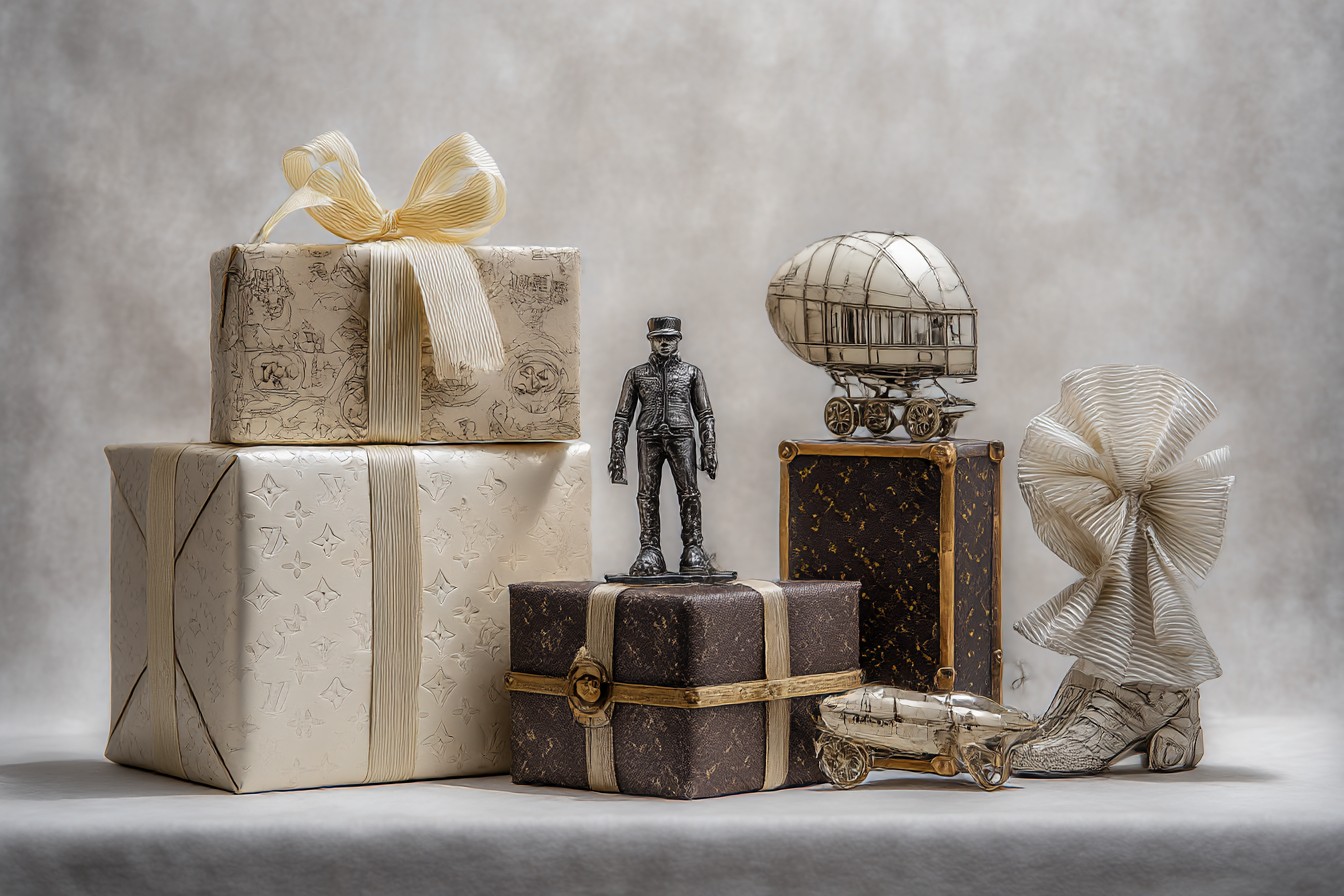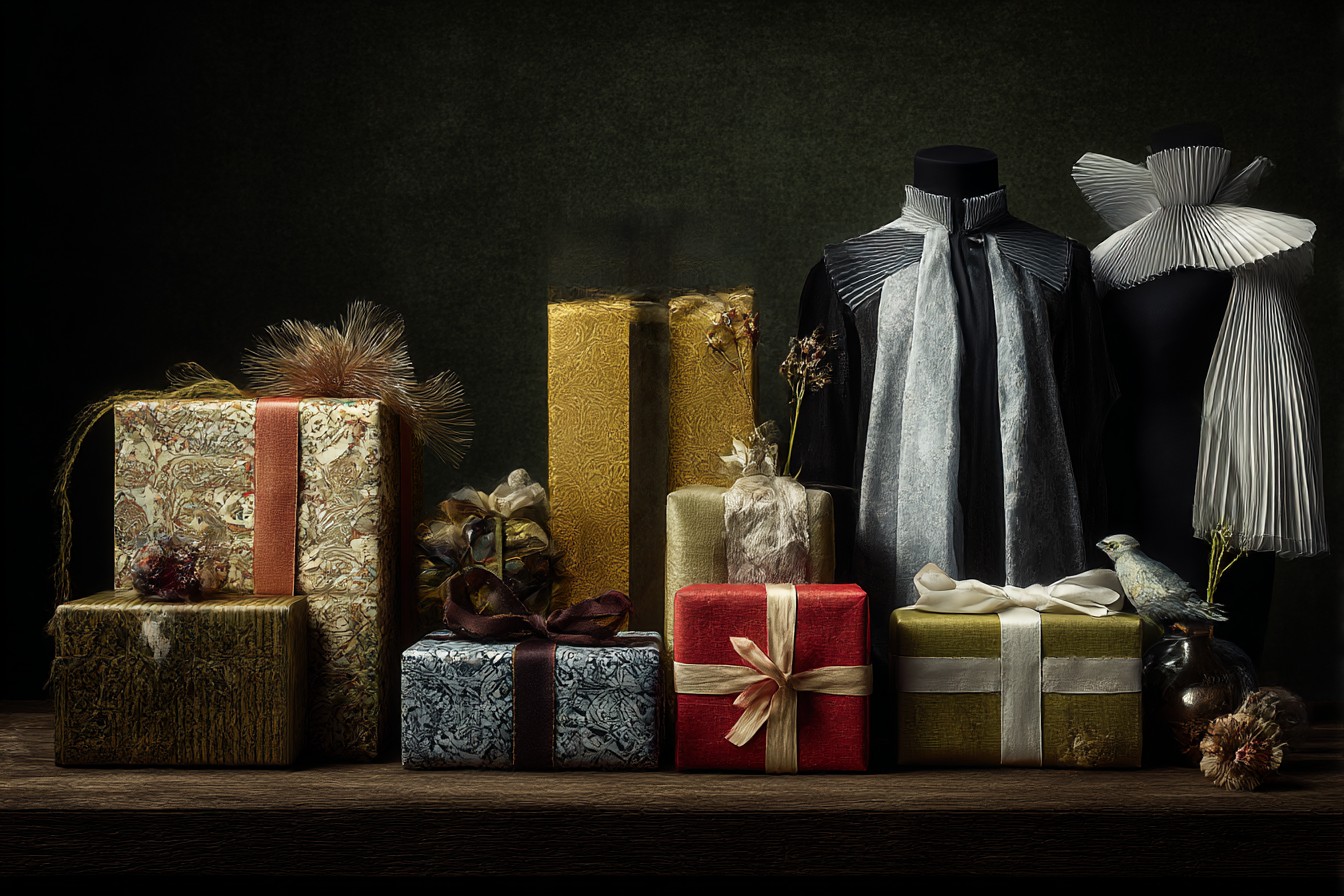I’ve always been a bit obsessed with the whole “heirloom” concept. There’s something magical about objects that travel through time, gathering stories like moss on a stone. My grandmother had this gorgeous wooden jewelry box with intricate inlays that I used to stare at for hours as a child. When she passed away, it came to me, and I swear I could feel the weight of its history the first time I placed it on my dresser.
“This isn’t just a box,” she’d told me once. “It’s a time machine.”
And you know what? She wasn’t wrong. Every time I open it, I’m seven years old again, sitting cross-legged on her plush carpet while she tells me stories about each piece inside.
The thing about truly meaningful gifts—the ones with staying power—is that they’re rarely the trendiest or most expensive items. Jake learned this the hard way our first Christmas together when he splurged on a fancy electronic gadget for me that, bless his heart, became obsolete approximately nine months later. Meanwhile, the hand-forged garden trowel I gave his mother that same year is still her go-to tool every spring, now bearing the beautiful patina of a decade’s worth of plantings.
So what makes a gift transition from “present” to “future family treasure”? I’ve spent more hours than I care to admit pondering this question (much to the amusement of my friends, who have dubbed me “the gift philosopher”). After years of observation, interviews with countless families about their most treasured possessions, and, yes, an embarrassingly detailed spreadsheet tracking the longevity of gifts I’ve given, I’ve developed a sort of mental checklist for heirloom potential.
Quality comes first, obviously. And I don’t just mean expensive—though sometimes that’s part of it. I mean something made with enough care and craftsmanship that it won’t fall apart after a few years. My rule of thumb? If it feels like it would survive a zombie apocalypse (or at least a few toddlers), we’re on the right track. Natural materials often win here—wood, leather, stone, precious metals. They age beautifully, developing character rather than just wearing out.
Last summer, I spent three weekends haunting different craft fairs looking for a wedding gift for my cousin Melissa. I finally found this stunning cherry wood salad bowl made by an artisan from Vermont. It was simple but had this gorgeous grain pattern that seemed to tell a story all its own. When I picked it up, it had this perfect weight to it—substantial without being cumbersome. The craftsman told me he’d harvested the wood himself from a tree on his property that had been struck by lightning.
“This bowl will outlive both of us,” he said matter-of-factly.
I think about that phrase all the time now when I’m selecting gifts with heirloom potential. Will this outlive me? Will someone someday run their fingers over this object and feel connected to a past they never experienced firsthand?
But quality alone isn’t enough. I’ve seen plenty of well-made items end up in charity shops or gathering dust in attics. The second piece of the puzzle is usefulness. The most cherished heirlooms tend to serve a purpose beyond just looking pretty. They’re incorporated into daily life or special rituals.
Take my friend David’s grandfather’s pocket watch. Beautiful? Absolutely. But what makes it special is that David carries it to every important meeting and life event. He holds it when he’s nervous. The watch has become part of his personal mythology. By contrast, his grandmother’s collection of decorative spoons sits in a box somewhere in his parents’ basement. They’re lovely and valuable, but they don’t do anything.
My colleague Ramona inherited her great-grandmother’s cast iron skillet, which has been seasoned by generations of Sunday breakfasts. She uses it every weekend to make pancakes with her kids, creating this beautiful unbroken chain of family tradition. That skillet isn’t just a cooking implement—it’s a time capsule that actively participates in making new memories.
The third element—and this one’s trickier—is emotional resonance. The best heirloom-worthy gifts somehow tap into something deeper than just utility. They connect to values, identity, heritage, or meaningful moments.
When my brother got married, instead of buying something off their registry, I tracked down this beautiful set of carbon steel kitchen knives made by a fifth-generation Japanese knifemaker. My brother had spent a year teaching English in Japan after college and fell in love with the food culture there. Every time he uses those knives (which will be for decades, barring any catastrophes), he’s reminded not just of me but of a transformative period in his life. The gift honors who he is, not just what he needs.
I should mention that I’m NOT advocating ignoring gift registries altogether! Trust me, nobody wants another situation like the Great Gravy Boat Surplus of 2019 (my poor cousin ended up with SEVEN of them at her wedding and now jokes that she could open a restaurant exclusively serving gravy).
But even within registry parameters, you can look for items with heirloom potential. Choose the hand-forged serving pieces over the mass-produced ones. Opt for the timeless design over the trendy one. Think about what might still feel relevant and beautiful thirty years from now.
The fourth component I consider is story value. The most compelling heirlooms come with narratives attached. They’re conversation pieces. They invite questions and storytelling.
My mother-in-law has this absolutely ordinary-looking silver teapot that sits on her mantel. You wouldn’t look at it twice in an antique shop. But ask her about it, and she’ll tell you how her grandmother used it to serve tea to suffragettes planning protest marches in her front parlor. That teapot witnessed history being made! The story transforms it from a slightly tarnished object into a treasure.
When selecting gifts with heirloom potential, I try to consider if they come with a story built in—or better yet, if they might generate stories of their own. This is why I’m such a fan of experience gifts that produce a tangible memento. For my parents’ 40th anniversary, my siblings and I arranged for them to visit a glassblowing studio where they made their own vase together. That vase now sits on their dining table, filled with flowers every Sunday, a physical representation of their partnership and creativity.
Of course, timing matters too. Some of the most meaningful heirlooms mark transitions or milestones. A watch given at graduation. A piece of jewelry to celebrate a birth. A tool passed down when someone takes up a new craft or profession.
I have this vivid memory of my uncle presenting my cousin with his first “real” camera when he turned sixteen. It wasn’t the newest model—in fact, it was the same one my uncle had used throughout his own photography career. But along with it came hours of showing him how to use it, stories about memorable shots, and an implicit belief in my cousin’s potential. Fifteen years later, my cousin is a professional photographer, and that camera holds a place of honor in his studio.
There’s also something to be said for unexpected heirlooms—objects that gain significance through use rather than intention. My best friend Sarah laughs about the cheap wooden spoon she bought during her first week at university. She was broke, needed something to stir pasta with, and grabbed the least expensive option at the corner shop. Twenty years later, that spoon has moved with her through eight apartments, three cities, and countless meals. It’s the one utensil she’d grab in a fire. No one could have predicted that this random $2 purchase would become one of her most cherished possessions.
This brings me to an important point: we can’t fully control what becomes an heirloom. Sometimes the most carefully chosen, expensive gifts fade into obscurity, while seemingly trivial objects take on almost mystical importance. My grandfather’s humble pocket knife—nothing special, just something he carried every day—is one of my brother’s most treasured possessions. Meanwhile, the elaborate gold watch my grandmother gave him sits unworn in its original box.
I think there’s a lesson in that. While we can intentionally select gifts with heirloom potential, we should hold those intentions lightly. The true magic happens in the relationship between the person and the object over time.
That said, there are practical considerations that can increase the odds of a gift standing the test of time. Avoiding extremely specialized technology is usually wise—anything that requires obsolete cables or outdated software is unlikely to remain useful for generations. Classic designs tend to age better than ultra-contemporary ones. And items that can be repaired rather than replaced are always preferable.
I once watched a master woodworker explain why he attached the legs of his tables with traditional joinery rather than screws or glue. “This table can be taken apart, repaired, and put back together indefinitely,” he explained. “With proper care, it could last 500 years.” That’s the kind of thinking that goes into true heirloom creation.
I keep a running list in my phone of artisans and companies creating heirloom-quality items—small blacksmiths forging kitchen tools that will last generations, leather workers using techniques unchanged for centuries, textile artists creating blankets meant to be passed down. I love supporting these craftspeople not just because their work is beautiful, but because they’re thinking on a different timescale than most of our consumer culture.
Let’s be honest—this approach to gift-giving isn’t always the easiest or cheapest route. Finding objects with true staying power often requires more research, more hunting, more investment. But there’s something profoundly satisfying about placing an object in someone’s hands and knowing it might someday be held by people who aren’t even born yet.
When my nephew was born last year, I spent months searching for the perfect gift to mark his arrival. I finally found a small wooden boat made by a toymaker in Maine who sources all his materials from sustainably managed forests. It’s simple enough to appeal to a child but beautifully crafted enough to display when he’s older. My hope is that someday he might give it to his own child, creating this beautiful continuity across generations.
Because that’s what heirloom gifts are really about, isn’t it? They’re physical manifestations of continuity in a world that often feels fragmented and disposable. They remind us that we’re part of something larger than ourselves—a story that began before us and will continue after we’re gone.
And maybe that’s the greatest gift of all.
